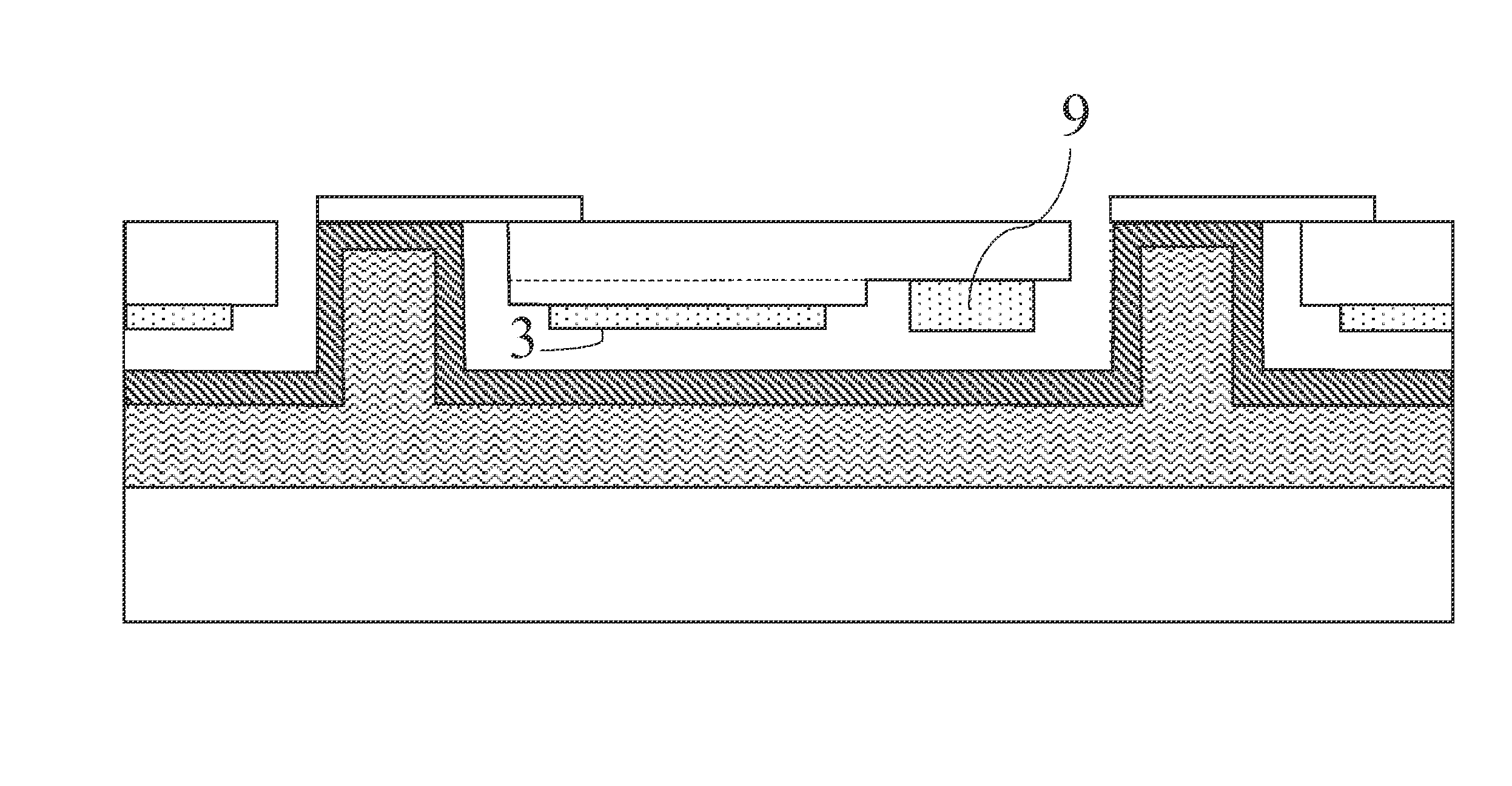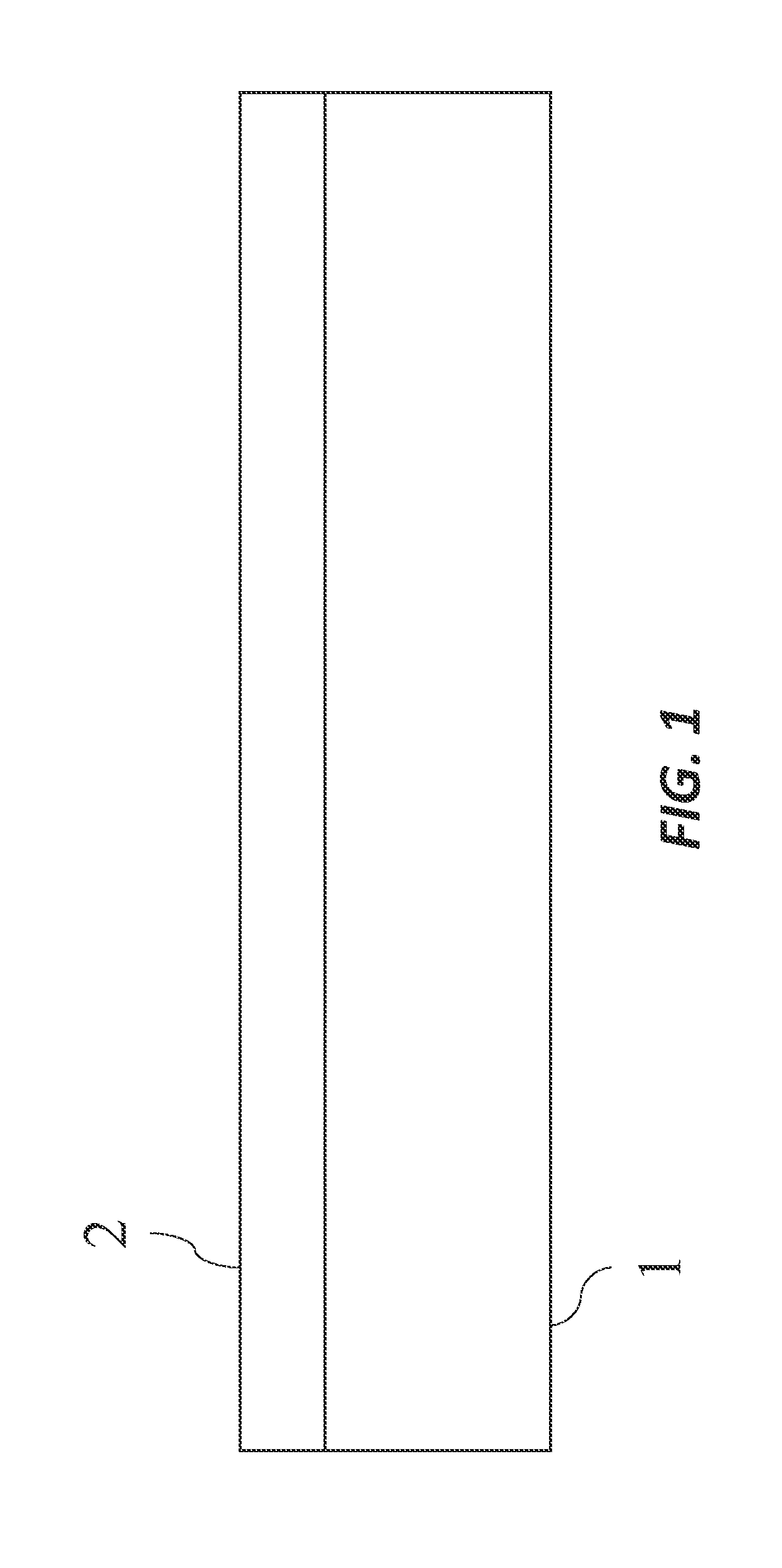Printable Inorganic Semiconductor Structures
a technology of inorganic semiconductors and semiconductor structures, applied in the direction of solid-state devices, basic electric elements, electric devices, etc., can solve the problems of reducing the performance and acceptability of the resulting led, the high cost of the display, and the resulting led performance reduction, etc., to achieve high-performance
- Summary
- Abstract
- Description
- Claims
- Application Information
AI Technical Summary
Benefits of technology
Problems solved by technology
Method used
Image
Examples
Embodiment Construction
[0088]The present invention provides structures and methods that enable the construction of micro-LED chiplets formed on a substrate that can be micro-transfer printed. Such printed structures enable low-cost, high-performance arrays of electrically connected micro-LEDs useful, for example, in display systems. Furthermore, in an embodiment, the electrical contacts for printed LEDs are electrically interconnected in a single set of process steps. Various semiconductor elements may be formed using the methods and techniques described here, including diode (e.g., micro-diodes), lasers (micro-lasers), light-emitting diode (e.g., micro-LEDs).
[0089]FIGS. 1-10 are diagrams illustrating step-by-step fabrication of a printable semiconductor element 60 secured to an anchor 12 by a tether 10 such that the semiconductor element 60 may be picked up by a transfer device as illustrated in FIG. 16. FIG. 22 is a flowchart illustrating a series of steps (e.g., in sequential order) corresponding to th...
PUM
 Login to View More
Login to View More Abstract
Description
Claims
Application Information
 Login to View More
Login to View More - R&D
- Intellectual Property
- Life Sciences
- Materials
- Tech Scout
- Unparalleled Data Quality
- Higher Quality Content
- 60% Fewer Hallucinations
Browse by: Latest US Patents, China's latest patents, Technical Efficacy Thesaurus, Application Domain, Technology Topic, Popular Technical Reports.
© 2025 PatSnap. All rights reserved.Legal|Privacy policy|Modern Slavery Act Transparency Statement|Sitemap|About US| Contact US: help@patsnap.com



